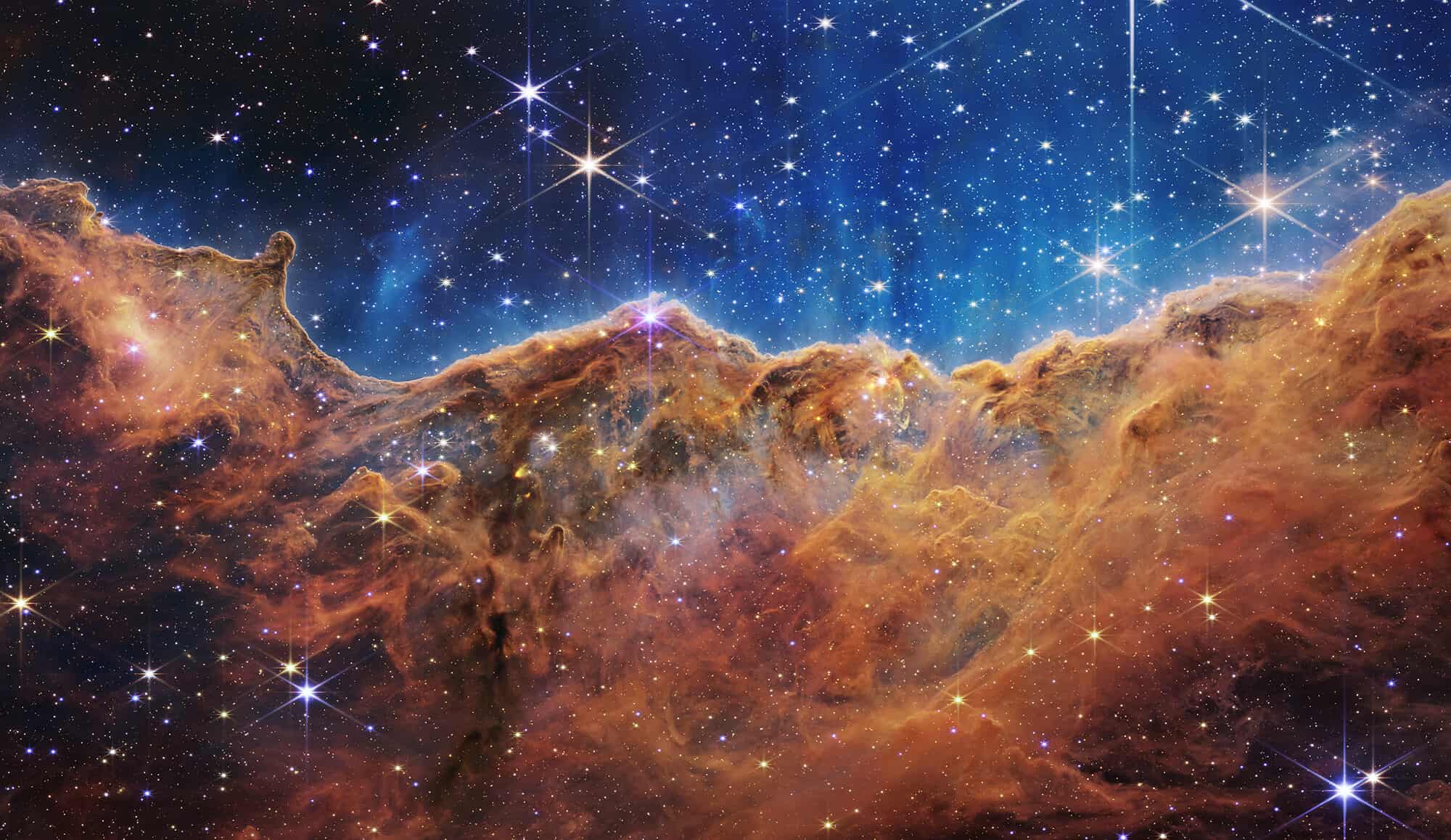The past decade has seen awe-inspiring breakthroughs in astronomy and astrophysics. From the first detection of gravitational waves, to the first direct image of a supermassive black hole, and the discovery of thousands of extrasolar planets.
Astronomers are once again looking to the future: last year the US National Academies published its latest decadal survey Pathways to Discovery in Astronomy and Astrophysics for the 2020s (ASTRO 2020).
This video summarizes the key messages from the 614-page report. The dream is for a new generation of world-class missions, to return complementary data – in the same way we saw with Chandra, Hubble, Spitzer and other great observatories of the recent past. There is also a push for nimbler “probe missions” with more focused science goals, and recommendations to foster greater diversity in the astronomy community and better relations with partner communities.
Find out more about the ASTRO 2020 report in this recent feature article written by science writer Keith Cooper.
